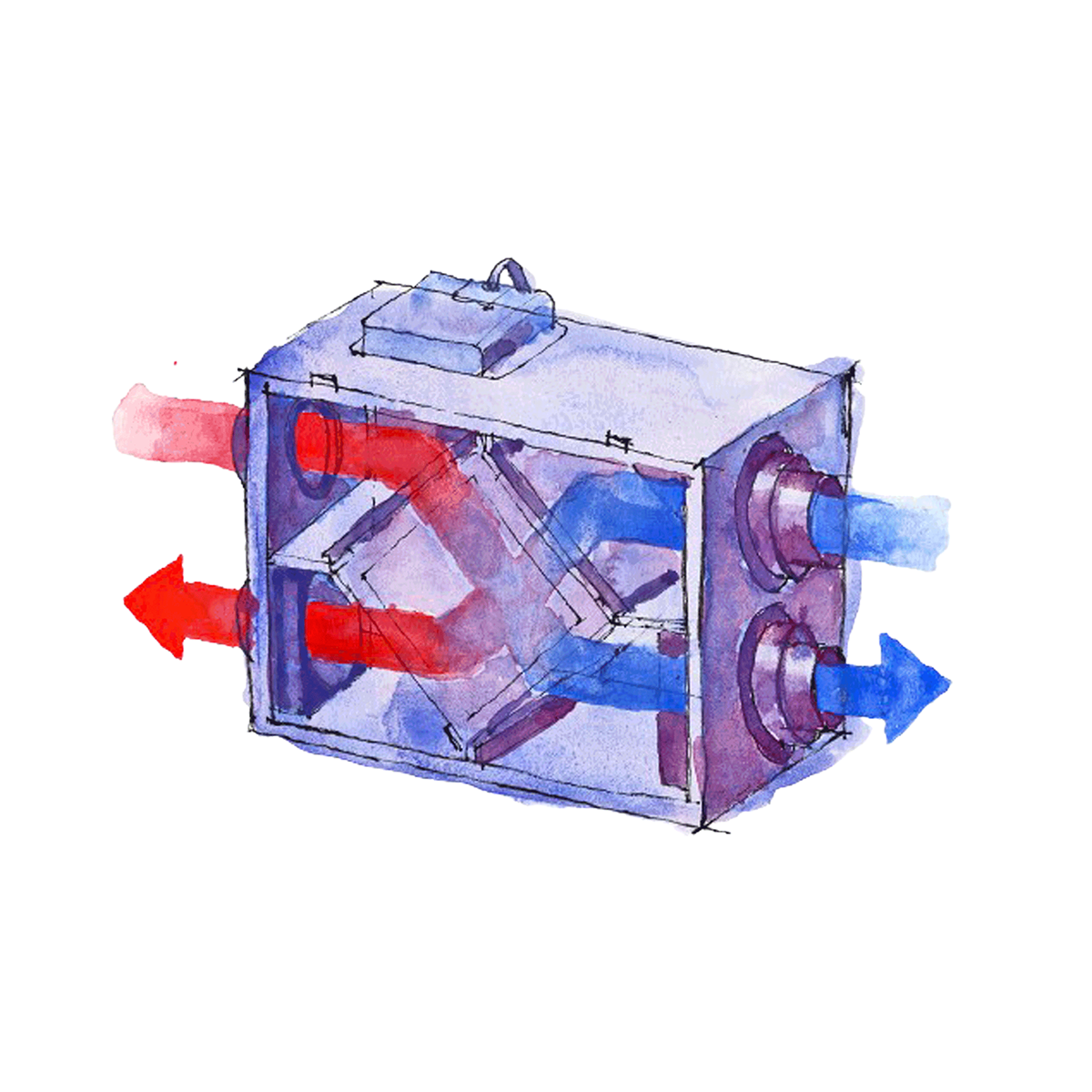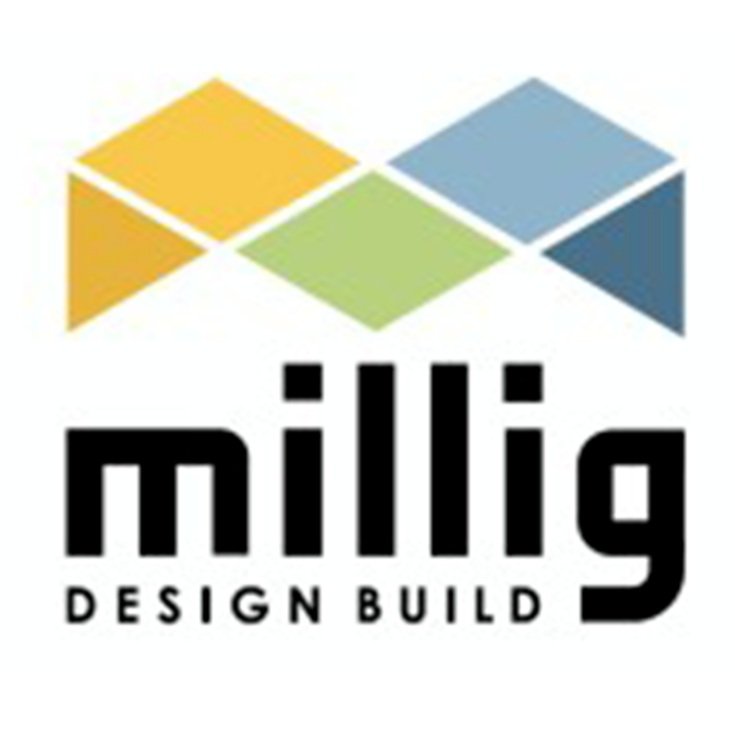
By Amy McVey
Enhancing IEQ:
The Power of Energy Recovery Ventilators
Energy Recovery Ventilators (ERVs) are a groundbreaking development in Heating, Ventilation, and Air Conditioning (HVAC). They are ingeniously designed to perform a dual function: they work to recover energy usually lost in traditional HVAC processes while also enhancing the quality of indoor air for occupants.
ERVs: A Revolution in Energy Efficiency
ERVs work by exchanging both heat and moisture between outgoing indoor air and incoming fresh outdoor air, effectively preconditioning the incoming ventilation air. The ERV system varies its function based on seasonal changes. During warmer seasons, it pre-cools and dehumidifies the incoming air; in cooler seasons, it humidifies and pre-heats the incoming air.
ERVs: Core Components and Their Roles
The primary component of an ERV system is the Heat Exchanger Core, where the critical exchange of heat and moisture occurs. Heat exchanger cores come in various forms, with fixed plate and rotary wheel heat exchangers being the most prevalent. In addition, ERVs incorporate two fans to maintain balanced air pressure and facilitate optimal air circulation. One fan is designed to draw in fresh outdoor air, while the other expels the stale indoor air.
Integration of ERVs in Building Systems
ERVs can be seamlessly integrated into a building's existing ductwork, guaranteeing efficient distribution of fresh air and effective removal of stale air. This setup is supported by air filters, which remove dust, pollen, and other airborne particles from the incoming air. Furthermore, ERV controls typically integrate with a building's automation system, allowing remote monitoring, troubleshooting, and scheduling based on building occupancy patterns.
Benefits and Potential Challenges of ERVs
ERVs provide considerable advantages, such as substantial energy savings, by minimizing the energy required to condition the incoming fresh air. Moreover, they enhance indoor air quality by providing a consistent supply of fresh air, reducing indoor air pollutants. ERVs also maintain balanced ventilation by ensuring a slightly higher volume of incoming fresh air than outgoing stale air, promoting positive building pressurization and reducing unwanted drafts. Regarding humidity control, ERVs are particularly beneficial in humid climates as they can transfer moisture between incoming and outgoing air streams.
However, adopting ERVs may require a higher initial investment and regular maintenance tasks such as cleaning or replacing air filters and inspecting the heat exchanger core. Despite these considerations, the long-term benefits of energy savings and improved indoor air quality render ERVs a sound investment. Given the substantial energy demands of buildings worldwide, ERVs offer a sustainable, cost-effective strategy to reduce energy consumption and enhance indoor air quality.
About Amy McVey
Amy is passionate about increasing the environmental quality of the built environment and lowering the impact buildings have on climate change. As the Director of Marketing, Amy works closely with Millig Design Build’s interdisciplinary team to elevate thought leadership around energy efficiency, building health and safety, indoor air quality, and decarbonization. Before helping start Millig Design Build, Amy worked in advertising as a creative director.
OUR SOLUTIONS
Heating, ventilation, and air conditioning
Smart meters and building controls
On-site solar and other renewable energy systems
LED lighting retrofits
Building envelope improvements
Water systems
CHP-Cogeneration
And more
CONTACT US


